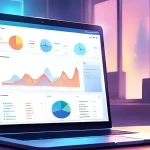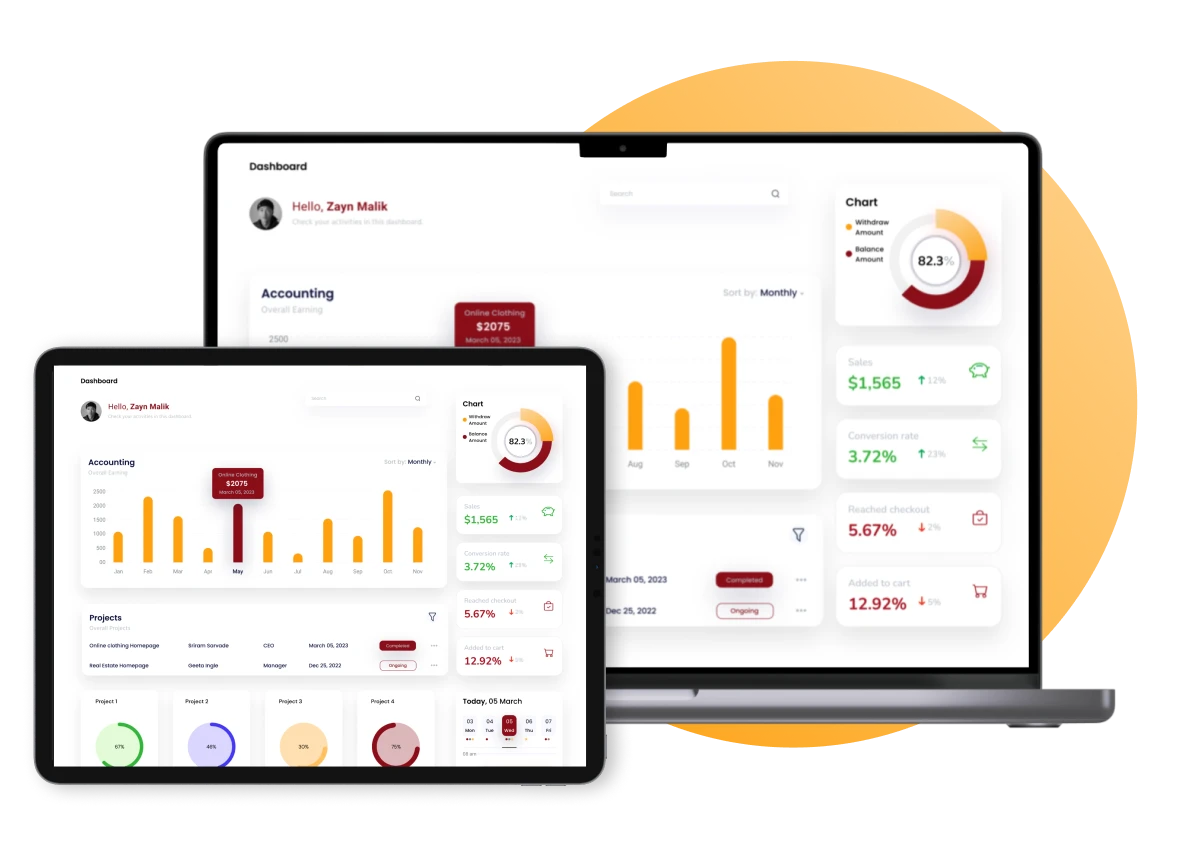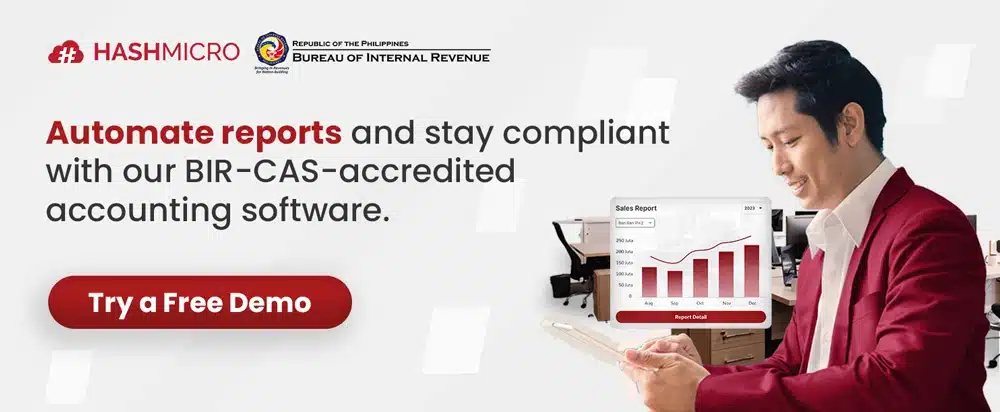Do you know the difference between cost and expense, or have you ever struggled with a spreadsheet full of confusing and mali data? For Filipino business owners, it’s crucial to understand these key accounting terms to keep financial records accurate.
While cost and expense might sound the same, they mean different things and are important for financial reports. Many businesses use accounting software to help make financial statements that clearly show all spending and earnings. Read on to understand their difference!
Key Takeaways
|
Table of Contents

What is a Cost?
A cost in accounting refers to the amount of money spent on resources necessary for the production of goods or services. Costs include the purchase of raw materials, labor paid to employees, and overhead expenses involved in operating a business.
We initially record these costs as assets on the balance sheet and then transfer them to expenses on the income statement through depreciation or amortization, reflecting their usage in generating revenue. Understanding costs is crucial for pricing, budgeting, and financial planning, as they directly affect the profitability of a company.
Categories of costs in accounting
| Categories | Explanation |
|---|---|
| Direct Costs | Costs directly associated with the production of goods or services, such as raw materials and direct labor involved in manufacturing. |
| Capital Costs | One-time investments in fixed assets like machinery, buildings, or land. These costs are capitalized on the balance sheet. |
| Sunk Costs | Costs that have already been incurred and cannot be recovered or changed. They are not tied to current or future operations. |
| Opportunity Costs | The cost of choosing one option over another. For example, you could earn money from one job while you choose to work somewhere else. |
What is an Expense?
In accounting, a business spends money during a specific time to keep running, such as paying for wages and supplies. At the end of each period, the business records these expenses on the income statement to ensure the money spent matches the money made.
Recording these expenses helps businesses understand their financial health. It allows them to check if they’re spending too much compared to their earnings, which is crucial for planning budgets, saving money, and making smart business decisions.
The companies usually records the expenses with expense tracking apps to ensure accuracy of expense report and meticulous tracking.
Categories of expenses in accounting
| Categories | Explanation |
|---|---|
| Cost of Goods Sold (COGS) | Direct costs related to production, including materials, labor, and overhead, are proportional to sales. |
| Operating Expense | Day-to-day business activities costs, like marketing and payroll. |
| Financial Expense | Costs from interest, fees, and commissions on liabilities. |
| Extraordinary Item | Rare gains or losses are not from regular business operations. |
| Non-operating Expense | Costs not directly linked to main business activities, like interest charges. |
| Non-cash Charge | Write-downs or accounting costs that don’t involve cash outlay. |
Differences between Cost and Expense
In business, people often think the terms ‘cost’ and ‘expense’ mean the same thing, but they actually have distinct meanings that affect a company’s financial reports and operations.
Some differences are:
- Financial Statement Placement: Expenses appear on the income statement because the business has already spent the money, and it doesn’t bring future financial benefits. The worksheet in accounting shows costs that the business hasn’t used yet.
- Accounting Period Differences: Expenses are tied to shorter accounting periods because the business deducts them from its profits. Costs, on the other hand, often relate to spending on big projects or assets and are spread over longer periods.
- Expenditure Magnitude: Usually, expenses are smaller amounts taken out of revenue. Costs are larger because they involve spending on things that help the company in the long run, like equipment or property.
- Value Differences: Expenses generally involve larger amounts of money for ongoing operations compared to costs, which might be for smaller but essential business needs.
- Business Benefits: Using costs and expenses in different ways can impact a company differently, like how much money is available for use now versus later.
Understanding these differences is crucial for managing a company’s finances effectively, helping to make better strategic decisions and ensure accurate financial reporting. This knowledge can lead to smarter spending and investment.
Why is Cost and Expense Different?
Costs represent the amounts a company spends on assets or services that will benefit it over a longer period, like machinery or property. Accounting software helps capitalize, depreciate these costs, and manage hedge accounting practices for accurate financial tracking.
Expenses, on the other hand, arise from regular business operations like rent or utilities, which the business records immediately on the income statement.
By using effective accounting systems and business budgeting software, businesses can track the expenses and income more accurately, ensuring effective budget management and better financial reporting.
Read more: Understanding Account Payable: Definition & Process
HashMicro’s Accounting Software to Streamline Cost and Expense Recording
HashMicro’s accounting software offers a comprehensive solution designed to streamline the recording of costs and expenses. ensuring accurate financial tracking and improved operational efficiency.
Some features of our accounting software are:
- Multi-Level Analytical: This feature breaks down financial data by projects or branches, allowing businesses to track and manage costs and expenses for specific parts of the operation. It’s useful for identifying which areas are more cost-intensive.
- Profit & Loss vs Budget & Forecast: This tool compares actual spending on costs and expenses with planned budgets, highlighting differences. It helps businesses adjust operations based on how they’re actually spending versus what was anticipated.
- Financial Statement with Budget Comparison: This feature compares budgeted figures with actual outcomes, providing a clear view of how well a business is adhering to its financial plan and helping to prevent overspending.
- Treasury & Forecast Cash Management: This helps in planning cash flow based on expected costs and expenses. Ensuring there’s enough cash on hand to meet financial obligations and assisting in making decisions about surplus funds.
By using HashMicro’s accounting software, businesses can efficiently and precisely manage their financial records. Unlike other accounting system software, HashMicro offers advanced features like multi-level analysis and seamless integration, supporting informed strategic decisions to maintain a healthy bottom line.
Conclusion
Understanding the difference between cost and expense is vital for Filipino business owners to keep financial records accurate. Costs are long-term investments on the balance sheet, while expenses are immediate outflows in the income statement. This distinction helps with better budgeting and planning.
Using tools like HashMicro’s Accounting Software can further streamline this process. With features that help track and manage costs and expenses, business owners can easily gain insights into their performance. Sign up for a free demo today to see how it works!
FAQ Around Cost and Expense
-
What is the main difference between expense cost and payment?
Costs represent the total amount a company spends to acquire assets or services, expenses are the costs a company consumes in operations, and payment is the actual outflow of cash to settle these costs.
-
What is the difference between cost and operating expense?
Cost refers to the money spent to acquire resources, like equipment or materials. Operating expenses are the ongoing costs required to run the day-to-day operations, such as rent and salaries.
-
Is cost of goods the same as expenses?
Cost of Goods Sold (COGS) is a specific type of expense related to producing goods or services. However, not all expenses are COGS, as some relate to general operations.


























